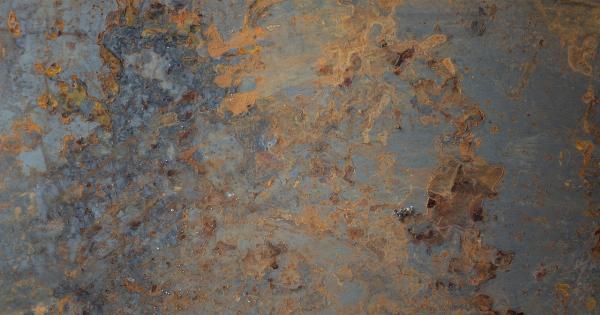Warts and breaks are two commonly-occurring skin issues that can cause discomfort, embarrassment, and in some cases, even pain.
Though the two conditions may share some similarities and symptoms, there are key differences between the two that can help in diagnosis and treatment. In this article, we’ll explore what warts and breaks are, how to spot the differences between them, and what treatment options are available.
What are Warts?
Warts are small, rough growths on the skin that are typically caused by a viral infection. The most common type of wart is the common wart, which usually appears on the hands and fingers.
Other common types of warts include plantar warts, which occur on the soles of the feet, and genital warts, which are spread through sexual contact.
Warts are caused by the human papillomavirus (HPV), which is highly contagious and can be transmitted through skin-to-skin contact or by sharing personal items such as towels or razors.
Though they are generally harmless, warts can be unsightly and can sometimes cause pain or irritation.
What are Breaks?
Skin breaks, also known as fissures, are small cracks or openings in the skin that can occur anywhere on the body.
They are commonly found on the feet, hands, and lips, and can be caused by a variety of factors, including dry skin, cold weather, and prolonged exposure to water.
Breaks can be painful and can increase the risk of infection if left untreated. They can also be a sign of an underlying medical condition, such as eczema or psoriasis.
Spotting the Differences Between Warts and Breaks
While warts and breaks may share some similarities in appearance and symptoms, there are key differences between the two that can help in proper diagnosis and treatment. Here are some of the main differences:.
Appearance
Warts typically appear as small, raised bumps on the skin. They may be rough or smooth in texture and can range in color from flesh-colored to brown or black. Warts may also have tiny black dots on the surface, which are actually small blood vessels.
Breaks, on the other hand, appear as small cracks or openings in the skin. They may be shallow or deep and can sometimes bleed or ooze.
Location
Warts can appear anywhere on the body, but are most commonly found on the hands, fingers, and feet. They can also occur on the face, arms, and legs. Breaks, on the other hand, are typically found on the hands, feet, and lips.
Symptoms
Warts may cause itching, pain, or tenderness, especially if they are located on the feet or hands. They may also spread to other areas of the body or to other people through skin-to-skin contact.
Breaks, on the other hand, may be painful or tender to the touch. They may also cause bleeding or oozing, and can be a sign of an underlying skin condition.
Treatment Options
Both warts and breaks can be treated using a variety of methods, depending on the severity and location of the condition. Treatment options for warts may include:.
- Over-the-counter wart removal products
- Cryotherapy, which involves freezing the wart with liquid nitrogen
- Surgical removal
- Immunotherapy, which involves stimulating the immune system to fight the virus that causes the wart
Treatment options for breaks may include:.
- Moisturizing the affected area to prevent dryness and cracking
- Using a protective medical-grade tape or bandage to cover the affected area
- Applying a topical steroid cream to reduce inflammation and itching
- In severe cases, surgery may be necessary to repair the affected skin
Prevention
Preventing warts and breaks involves taking simple steps to protect the skin. Here are a few tips:.
- Wear flip flops or sandals in public places like showers and locker rooms to prevent HPV infection
- Keep the skin moisturized to prevent dryness and cracking
- Avoid sharing personal items like razors or towels
- Wash your hands regularly to prevent the spread of infection
Conclusion
Warts and breaks are two common skin conditions that can be unsightly and uncomfortable. Though they may share some similarities in appearance and symptoms, there are key differences between the two that can help in proper diagnosis and treatment.
By understanding the differences between warts and breaks, and taking steps to prevent them, you can keep your skin healthy and looking its best.





























